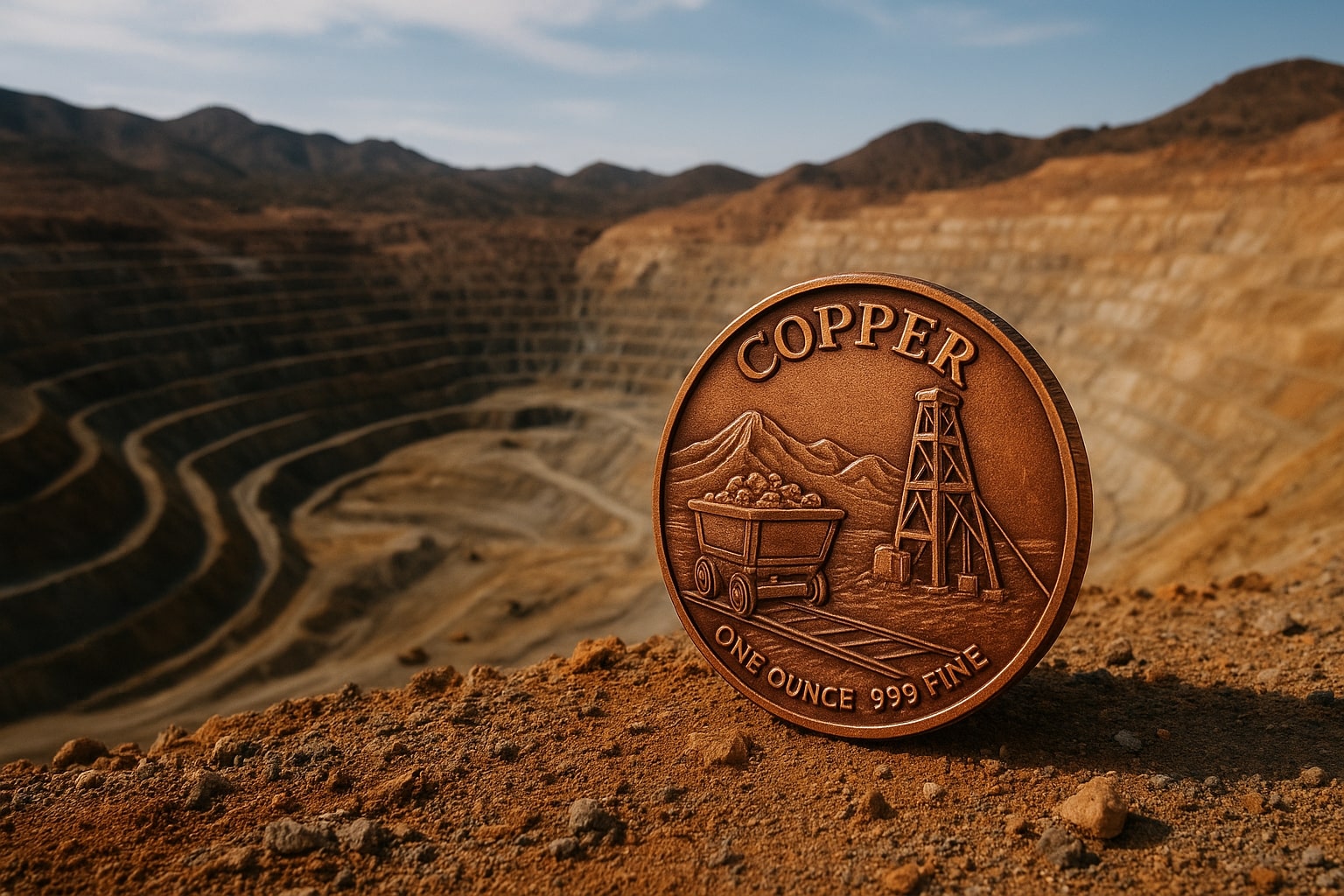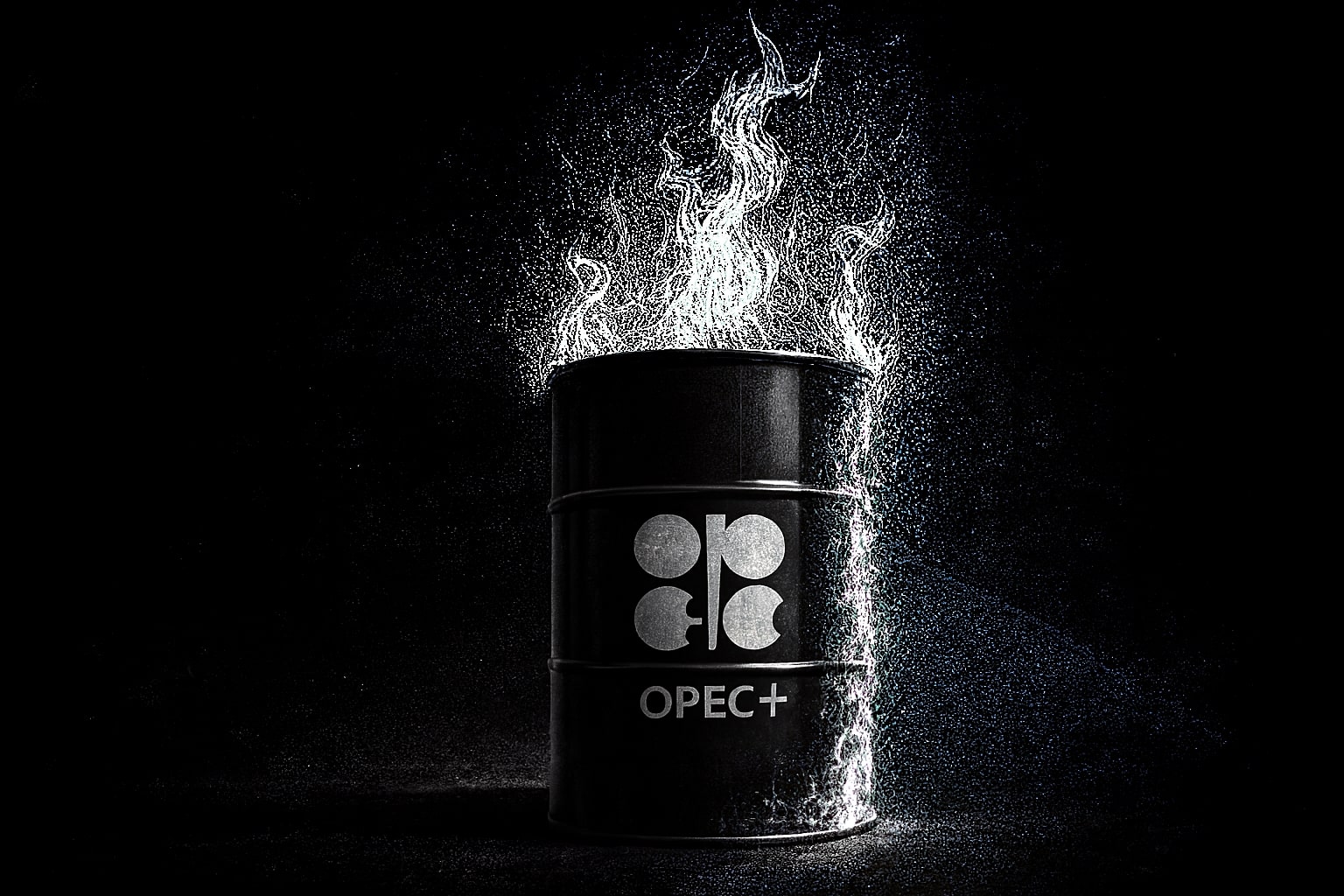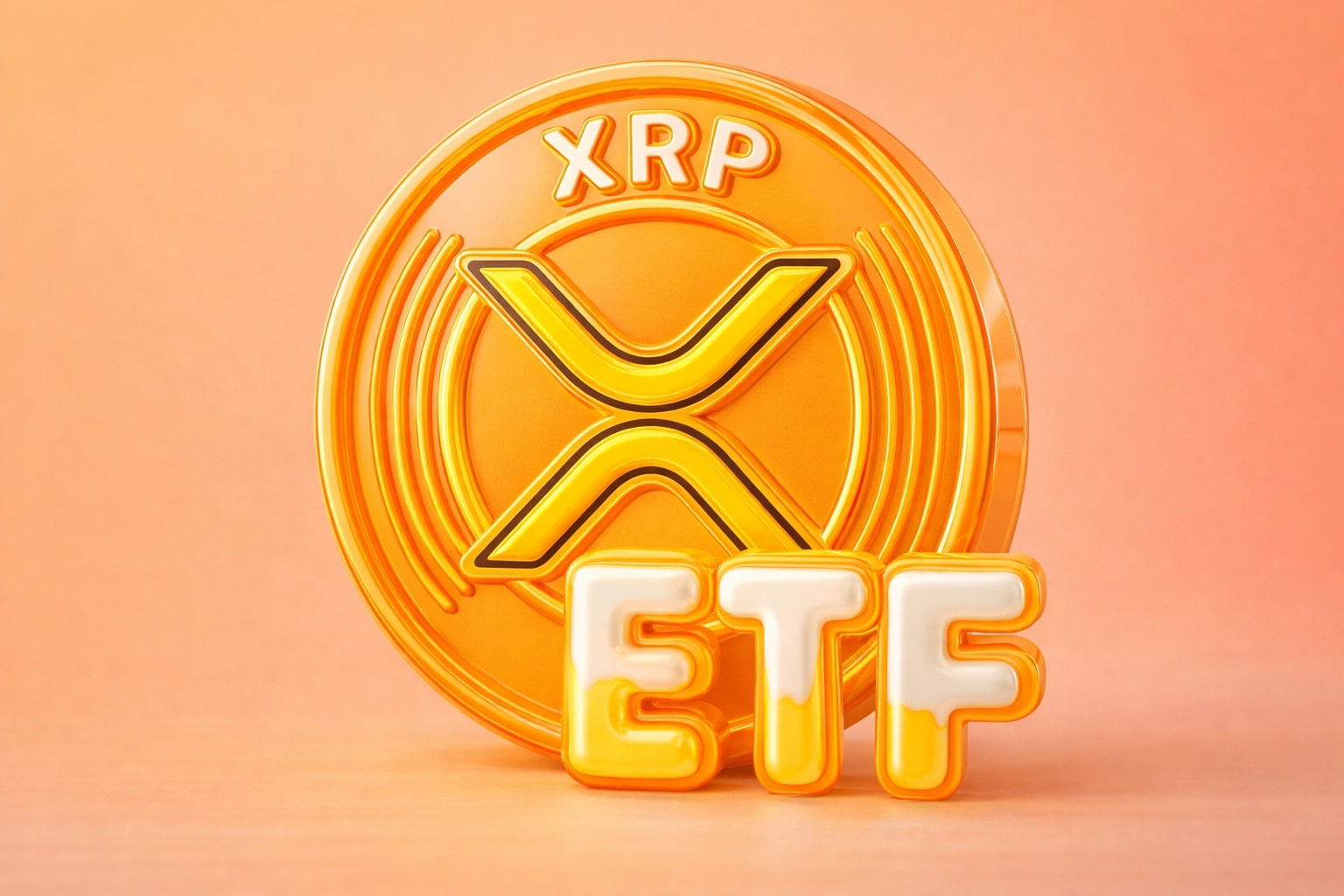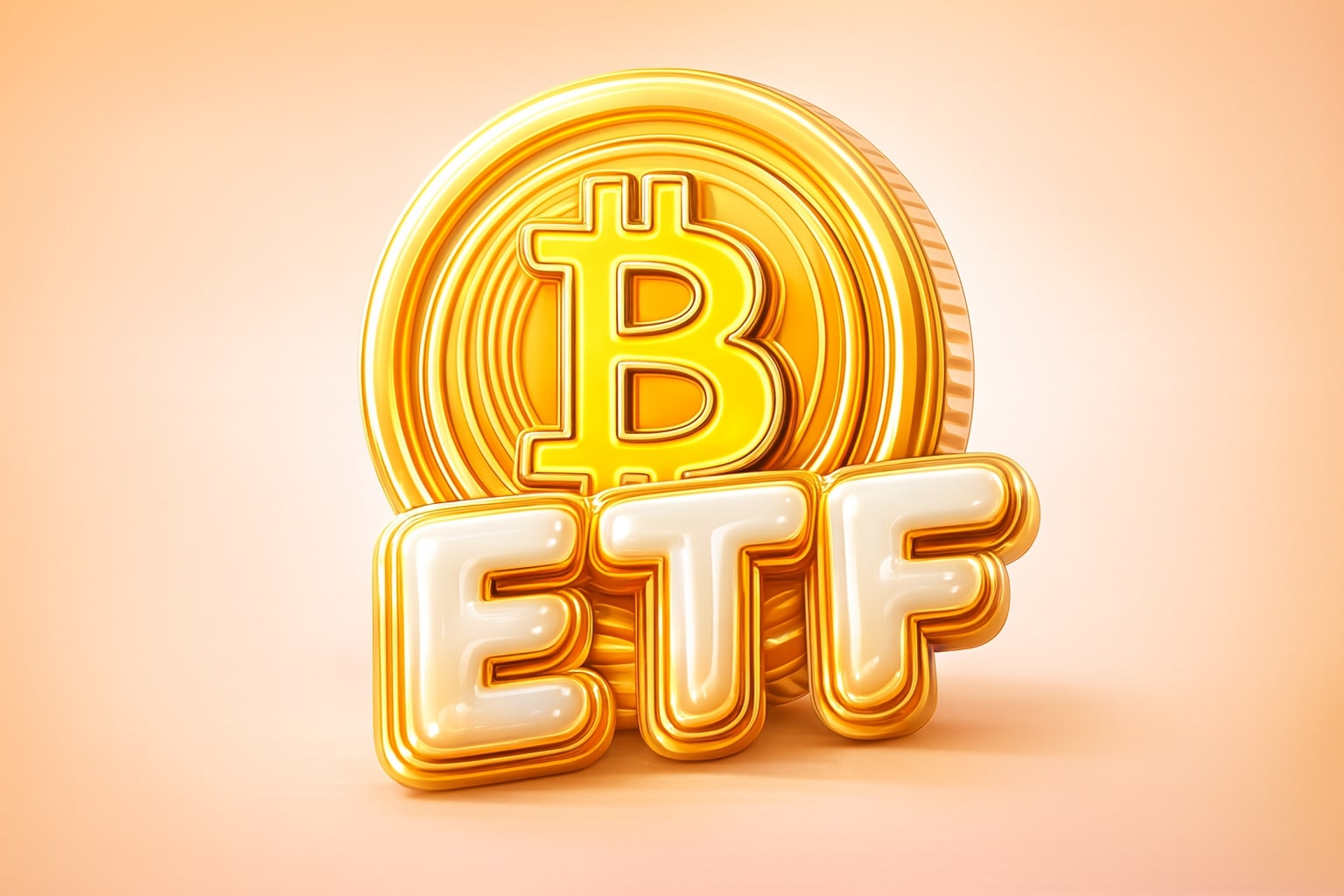
Copper Price (HG=F) Analysis: Tariffs, Inventory Surges, and $5.00 Potential
U.S. tariffs distort spreads, inventories hit 20-year highs, while China’s refining grip and EV growth keep copper’s long-term outlook bullish | That's TradingNEWS
Copper (HG=F) Price Analysis: Tariff Shocks, Inventory Glut, and Demand Shifts Across Key Sectors
Copper (HG=F) Stabilizes Above $4.42 With Resistance at $4.62
Copper (HG=F) is trading in a narrow bullish channel, stabilizing above $4.42 per pound and targeting $4.62–$4.75 in the near term. Technical momentum has been supported by the 55-day moving average, while stochastic signals confirm that the metal has exited oversold conditions. Support remains strong at $4.09, a level that has repeatedly contained downside moves. The near-term trading corridor is set between $4.42 and $4.62, with bullish momentum prevailing as long as prices remain above $4.26. A breakout toward $4.75 would represent a 7% move from current ranges and could reignite momentum toward $5.00 if inventories outside the U.S. tighten further.
Tariff Shocks and COMEX-LME Spread Volatility
Copper’s price swings this year have been amplified by U.S. trade policy. The Trump administration’s 50% tariff on copper products initially sent COMEX futures soaring, creating a 30% premium over London Metal Exchange (LME) contracts. However, when raw copper materials such as cathodes, anodes, and concentrates were later excluded, the COMEX price collapsed by more than 20%, narrowing the premium to just 2%. This sharp policy reversal left U.S. buyers sitting on record stockpiles, with inventories climbing to their highest levels in two decades as importers rushed shipments ahead of tariff deadlines. The risk now is that these swollen stockpiles could be reexported, flipping the domestic market from tightness to oversupply and triggering another round of price weakness. The volatility has created friction between buyers and suppliers, as contracts tied to shifting spreads between COMEX and LME add unexpected risks to hedging strategies.
U.S. Inventory Glut vs. Global Balance
While U.S. inventories are at extreme highs, global copper balances remain more stable. LME and Shanghai Futures Exchange (SHFE) warehouses are seeing seasonal draws in line with historical averages. This disconnect highlights how U.S.-specific policy has distorted regional markets without fundamentally altering global supply-demand balances. Still, the U.S. holds 47 million tons of reserves against just 1 million tons of annual production, underscoring its reliance on imports to meet nearly half of domestic demand. With scrap retention rules tightening in 2027—requiring 25% of high-quality scrap to stay in the U.S.—the longer-term landscape suggests higher domestic costs even if spot prices temporarily ease.
China’s Dominance and Global Copper Flow
China continues to dictate the copper trade, consuming nearly 60% of global refined output and dominating the smelting and refining sector. With Chile, Peru, and the Democratic Republic of Congo responsible for around half of mined copper supply, the flow of concentrates into China remains the critical link in the chain. The U.S. may be attempting to secure supply through tariffs and stockpiling, but its reliance on Chinese processing capacity cannot be ignored. This dependence is a vulnerability, particularly as copper is indispensable across defense, energy transition technologies, water infrastructure, and data centers. Any bottleneck in Chinese smelting capacity or export policy could ripple across the U.S. market, amplifying price volatility further.
Manufacturing Disruptions in China Highlight Demand-Supply Tensions
China’s copper plate, sheet, and strip market reveals how higher prices are already dampening downstream activity. The average operating rate in August was just 65.87%, down 5.36 percentage points year-over-year. Large enterprises maintained stronger output at 70.32%, but smaller firms slipped below 63% amid weak demand for brass and traditional hardware components. Demand in power infrastructure and new energy sectors held steady, while home appliances and consumer goods struggled to recover. The result has been uneven pricing across product types—brass strip fees surged to 1,500 yuan/mt to offset costs, while T2 copper strip quotes dropped below 2,800 yuan/mt as new entrants undercut incumbents to capture orders. Inventory ratios remain stable at 15.57% raw materials and 19.34% finished goods, but raw material tightness—especially in recycled copper—continues to pressure margins.
Read More
-
SMH ETF: NASDAQ:SMH Hovering at $350 With AI, NVDA and CHIPS Act Fueling the Next Move
16.12.2025 · TradingNEWS ArchiveStocks
-
XRP ETFs XRPI and XRPR: Can $1B Inflows Lift XRP-USD From $1.93 Back Toward $3.66?
16.12.2025 · TradingNEWS ArchiveCrypto
-
Natural Gas Price Forecast: NG=F Falls to $3.80–$3.94 as Warm Winter Kills $5.50 Spike
16.12.2025 · TradingNEWS ArchiveCommodities
-
USD/JPY Price Forecast - USDJPY=X Slides, BoJ 0.50% Hike, Fed Cut and NFP Set the Next Big Move
16.12.2025 · TradingNEWS ArchiveForex
Green Technologies Challenging Copper’s Dominance
Amid these supply chain disruptions, startups like Sakuu are experimenting with polymer-based current collectors that could replace copper and aluminum in battery energy storage. With lithium-ion batteries containing up to 15% copper by weight, any scalable breakthrough would reshape demand. Sakuu’s dry-printing process claims to cut capex and opex for gigafactories, while eliminating copper entirely from cells. Though still in early commercialization, this technology signals potential medium-term risks to copper’s demand profile in energy storage, even as EV and renewable growth remain bullish drivers.
Copper Stocks and Equity Market Impact
Equity markets are reacting strongly to copper’s performance. Antofagasta (LSE:ANTO), one of the world’s top ten producers, has gained 34% year-to-date as copper rallied 13% to roughly $10,000 per metric ton. The leverage effect means miner earnings rise faster than spot prices, and with dividend payouts supplementing returns, copper equities are trading at attractive valuations for long-term holders. Fresnillo (LSE:FRES), while primarily a gold and silver miner, also gains indirectly from industrial metal exposure, reflecting the broader appeal of commodity-linked equities in 2025. Still, the risk remains that a sharp slowdown in global manufacturing, particularly in construction and electronics, could quickly reverse these gains if copper demand falters.
Forward Outlook and Investment Stance
Copper’s path forward depends on how policy distortions, inventory cycles, and structural demand intersect. Technical indicators suggest near-term strength with $4.62 as the immediate target and $4.75 as the next ceiling, while fundamentals show structural tightness outside the U.S. offset by temporary oversupply domestically. China’s continued dominance in refining, combined with growing demand from EVs, renewable grids, and data centers, creates a long-term bullish case. Yet, near-term risks from tariffs, reexports of U.S. stockpiles, and weak consumer goods demand cannot be ignored. Based on the balance of technicals, inventory positioning, and macro flows, copper (HG=F) is rated a Hold with a bullish bias, with upside toward $4.75–$5.00 if global demand strengthens into 2026, but volatility will remain elevated as tariffs and technology shifts reshape the market.



















